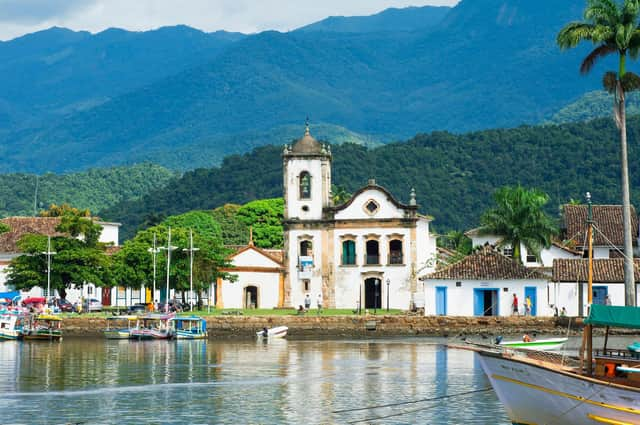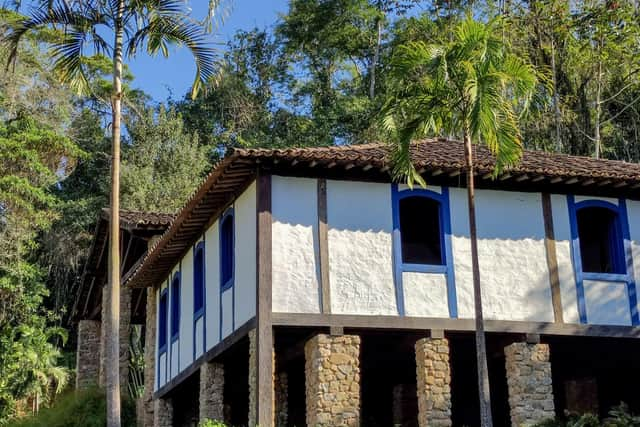Discover the Brazilian billionaires’ hideaway with a surprising wealth of riches - Scotland on Sunday Travel


Seeking shelter from a tropical rain shower, I hunker – unsuccessfully – beneath a sprawling jucara palm. Although it provides refuge for up to 62 species, today its feather-thin fronds do little to shield me from the heavy drops.
But the native Brazilian tree champions in many other ways, biologist and guide Samiris Freire assures me on a walk through an agroforest in southwest Brazil. Unlike single stem palms, its edible inner core can be harvested multiple times, while its purple fruits are packed with more antioxidants than superfood acai.
Advertisement
Hide AdAdvertisement
Hide AdWeird and wonderful ingredients are constantly being discovered in this South American country. But now appreciation of Brazil’s natural riches is extending beyond the Amazon rainforest to focus on neighbouring biomes.
In 2019, the regions of Paraty and Ilha Grande, set midway between major cities Rio and Sao Paulo, were awarded Unesco status for their culture and biodiversity.
A 20-minute drive inland from Paraty, former 17th-century sugar cane plantation Fazenda Bananal is one of several ecotourism projects aiming to open visitors’ eyes to the area’s beauty and educate communicates about protecting it for generations to come.
A large portion of the 180-hectare farm, purchased and restored by billionaire Jose Roberto Marinho, vice president of the Globo media group and an active philanthropist, is dedicated to agroforestry – the trending practice of bridging a gap between agriculture and forestry by cultivating vegetables, fruits and trees on the same land.
In contrast to the threat of soya bean monoculture that’s responsible for destroying vast swathes of Brazil’s natural habitat, it champions biodiversity, preserves forests, and provides a more affordable food source for communities.


Although it teems with as many endemic plants and animals as the Amazon, the Atlantic Forest is woefully overlooked, complains Samiris. Largely because an alarming 90% of the tree cover, which once blanketed eastern Brazil, has been lost since the 16th century when the Portuguese arrived.
What remains, however, is impressive and still worth saving.
Walking along a short trail curving around the back of the property, I crane my head to see dozens of bromeliad plants trailing from treetops. On several occasions I catch glimpses of the Brazilian tanager as his vermilion breast feathers flash like sparks from a fire in the deep, dark canopy.
Advertisement
Hide Ad